5 Fabrics for Dye Sublimation Textile Printing You Must Know
Dye sublimation fabric printing is an advanced technique that uses digital technology to transfer personalized designs onto fabric with precision. Unlike industrial inkjet printing on textiles, dye sublimation textile printing is simpler and doesn't require complex pre-treatment or post-treatment processes like coating or drying. It has become widely used in custom apparel, home decor, promotional banners, and flags.
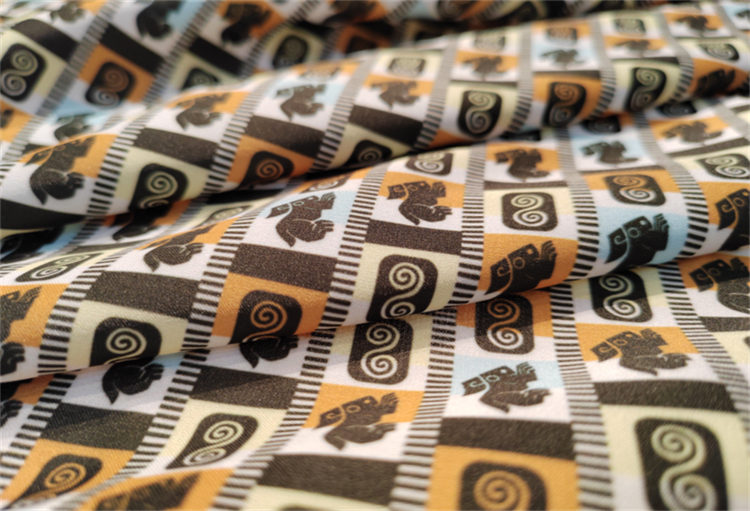
While not every fabric can be sublimated, some materials work really well for this technique. Let's examine five common fabrics ideal for sublimation printing.
What is the Dye Sublimation Printing Technique?
First, let's take a brief look at how dye sublimation fabric printing works.
It's a two-step process where special sublimation dyes are first printed onto a transfer paper using a dye sublimation printer, and then the paper is pressed against the fabric at high temperatures. The heat causes the dye to turn into gas, which then penetrates the fabric's fibers, locking in the color and design permanently.

This process allows the ink to become part of the fabric itself, ensuring that the printed design is highly durable, won't peel, crack, or fade, and feels soft to the touch.
Dye Sublimation Fabrics: Polyester, Cotton, Rayon, Nylon, and Spandex
While dye-sub printing offers impressive results, not all fabrics are compatible. So, what can you sublimate on, and which fabrics give you the best results?
1. Sublimate on Polyester?
Polyester is the gold standard for dye sublimation fabric printing. This synthetic material has the ideal structure for the dye-sub process because its fibers bond well with the sublimation dye, resulting in vibrant and long-lasting prints.
● 100% Polyester: This is the best option for dye sublimation printing, as it creates vivid prints, especially on items like sports jerseys, banners, and promotional items.
● Polyester Blends: Blends with other natural fibers like cotton may work to a certain extent, but the sublimation quality might be affected. For best results, most products use a high-polyester blend.
Powered by industrial-grade Kyocera printheads, the HPRT DA186T PLUS high-speed dye sublimation fabric printer delivers stunning, high-resolution graphics at an impressive maximum speed of 1080 square meters per hour.
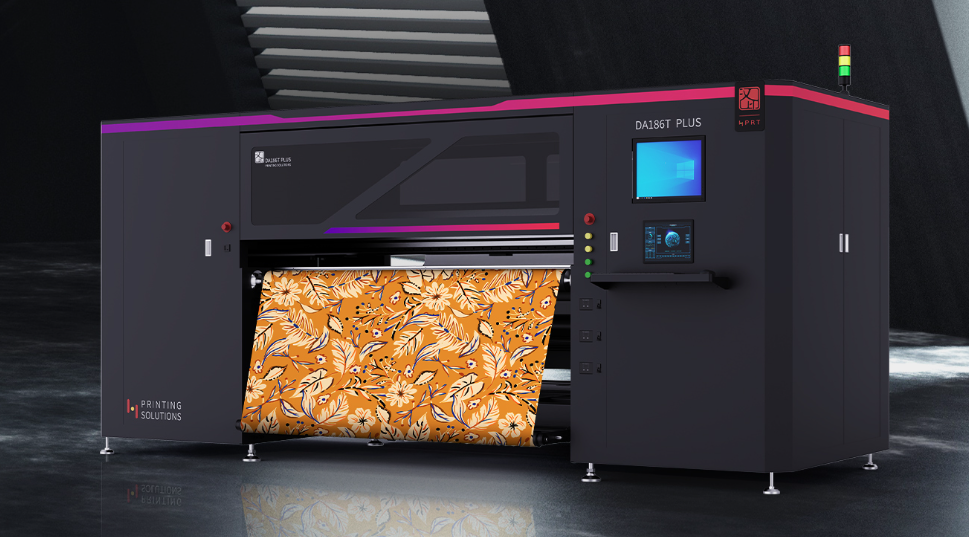
With exceptional color saturation, a wide color gamut, and outstanding color fastness, this dye sublimation fabric printer ensures that your designs are reproduced with unmatched accuracy.
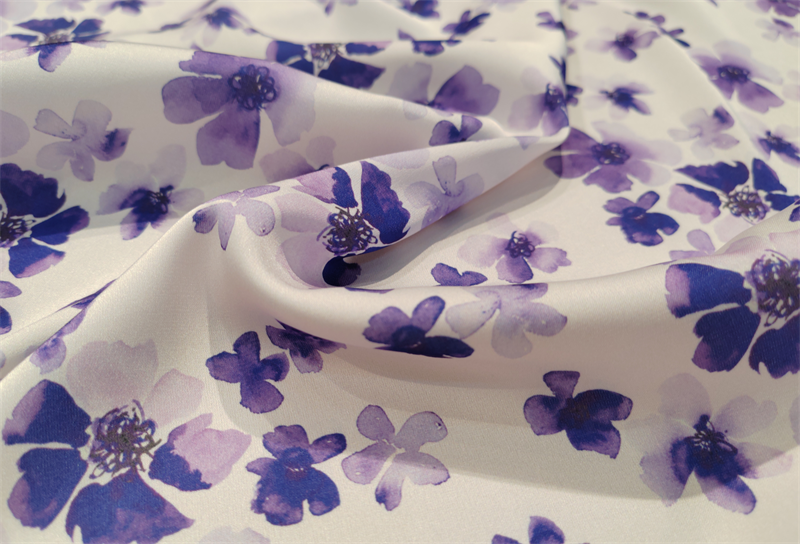
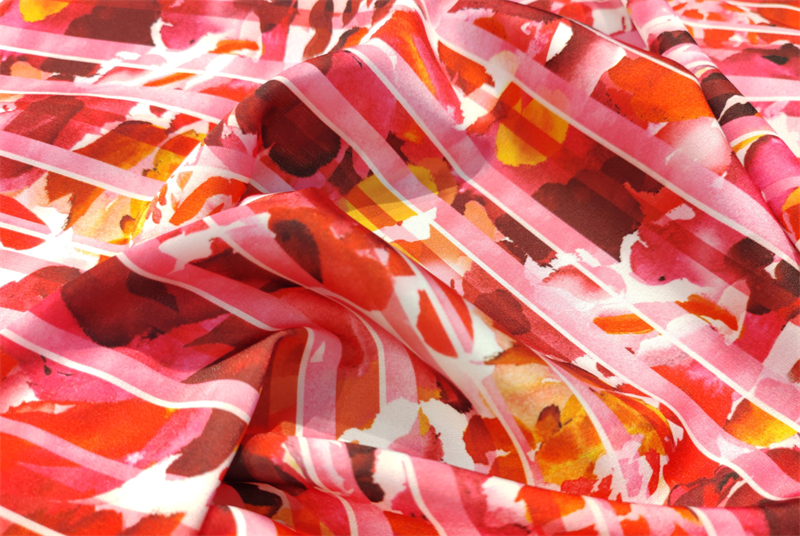
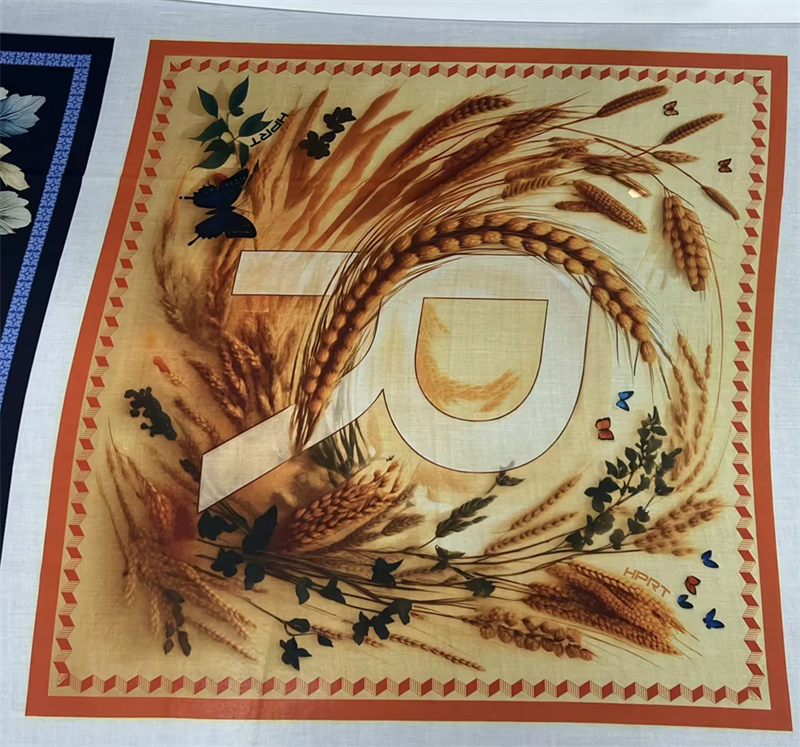
Supporting paper as thin as 31g/㎡, the DA186T PLUS significantly reduces material waste. Its intelligent operating system streamlines the production process, making it both efficient and user-friendly.
Ideal for a wide range of applications, including apparel, home decor, outdoor products, and advertising, this dye sublimation printer for fabric is perfect for the high-volume production of polyester and various blended fabrics.
2. Sublimate on Cotton?
Cotton is a natural fiber that is widely used in the textile industry. Unfortunately, 100% cotton cannot be directly sublimated.
The reason is that cotton fibers are hydrophilic (water-loving) while sublimation dyes are hydrophobic (water-fearing).
To be specific, sublimation dye needs to bond with synthetic fibers, and cotton's natural fibers do not hold the dye. When you try to sublimate onto 100% cotton, the result will likely be faded or nonexistent after the first wash.
However, many manufacturers use polyester-cotton blends (often referred to as poly-cotton) for sublimation printing fabric to improve comfort and breathability. The dye sublimation primarily occurs on the polyester fibers, with minimal impact on the cotton fibers.
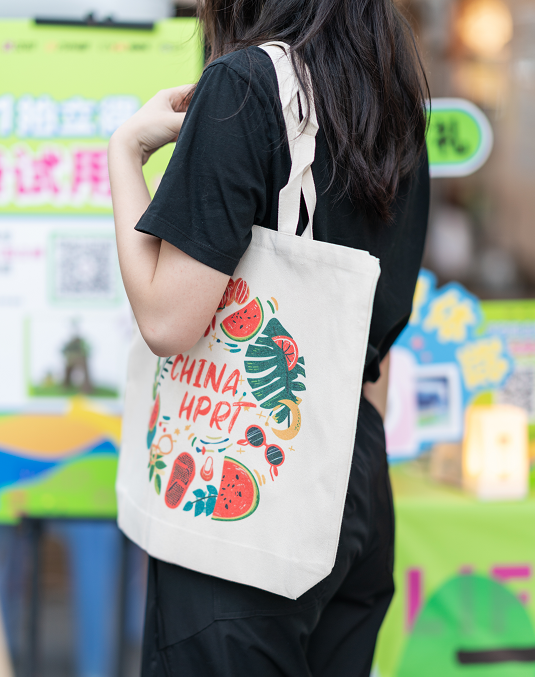
Many people want to know what percentage of polyester and cotton can you sublimate on.
● Can I sublimate on 65% polyester, 35% cotton?
● Can I sublimate on 60% cotton, 40% polyester?
● Can you sublimate on 50/50 polyester and cotton?
● Can I sublimate on 80% cotton, 20% polyester?
For decent results, fabrics with at least 40% polyester content can work, but the vibrancy will not match pure polyester. If high-quality prints are your goal, aim for as high a polyester content as possible.
3. Sublimate on Rayon?
Can you sublimate on rayon? Rayon is a semi-synthetic fiber made from cellulose. While it can accept dye, sublimation on rayon is not as effective as on polyester. The dye penetration into rayon fibers is limited, resulting in dull or incomplete prints and a lower colorfastness.
However, similar to cotton, you can use polyester-rayon blends, where the polyester content is high enough to allow for decent sublimation printing results. But again, 100% polyester remains the ideal choice for vibrant and durable prints.
4. Sublimate on Nylon?
Nylon is a synthetic fiber known for its strength and durability, often used in outdoor apparel like jackets, hiking gear, and backpacks. Can you sublimate on nylon? Technically, yes, but it's not ideal.
Nylon is a tricky fabric because it is sensitive to high heat, which is a crucial part of the sublimation process. Exposing nylon to the high temperatures required for sublimation can lead to fabric shrinkage, discoloration, or even melting in some cases.
Sublimation on nylon is possible but requires specific conditions and pretreatment. The nylon fabric needs to be pretreated to make it more receptive to the dye.
While it's possible to achieve results on a nylon blend, 100% nylon is not generally recommended for sublimation printing.
5. Sublimate on Spandex?
Spandex, valued for its stretch and flexibility, is a widely used fabric in sportswear and activewear.

Can you sublimate on spandex? The answer depends on the blend. 100% spandex fibers are too dense to allow for deep dye penetration, and the results are often uneven and unsatisfactory.
However, because most spandex fabrics are blended with polyester (usually around 85-90% polyester to 10-15% spandex), they can be used for sublimation printing.
The polyester content allows for vibrant prints, while the spandex ensures that the fabric retains its stretch and flexibility, making it perfect for sports uniforms, leggings, and other athletic gear.
Conclusion: Best Material for Sublimation
In dye sublimation fabric printing, polyester is undoubtedly the best fabric due to its excellent ink absorption and high-temperature resistance. Polyester's ability to deliver vibrant, long-lasting prints makes it the top choice for manufacturers and designers alike.
Other fabrics, such as cotton, rayon, and nylon, do not perform as well in their pure form for dye-sub fabric printing. However, when blended with polyester, they can still provide decent results.
As technology continues to advance, the development of new dyes and fabrics will further expand the applications of dye sublimation textile printing, especially in the growing fields of custom fashion and sustainable design. This will bring more low-carbon and environmentally friendly printing solutions to the market, meeting consumers' growing demand for high-quality and eco-friendly products.









